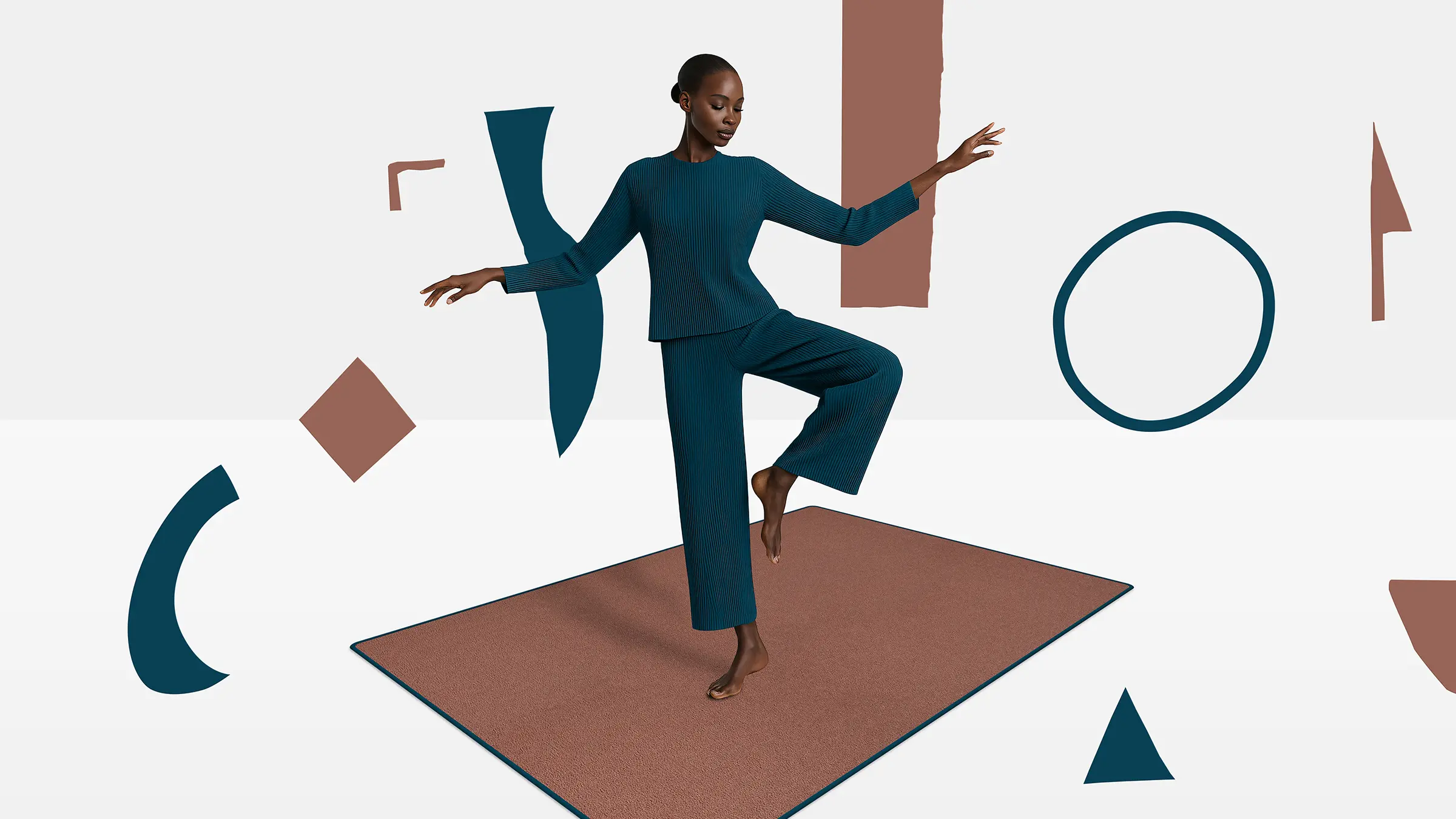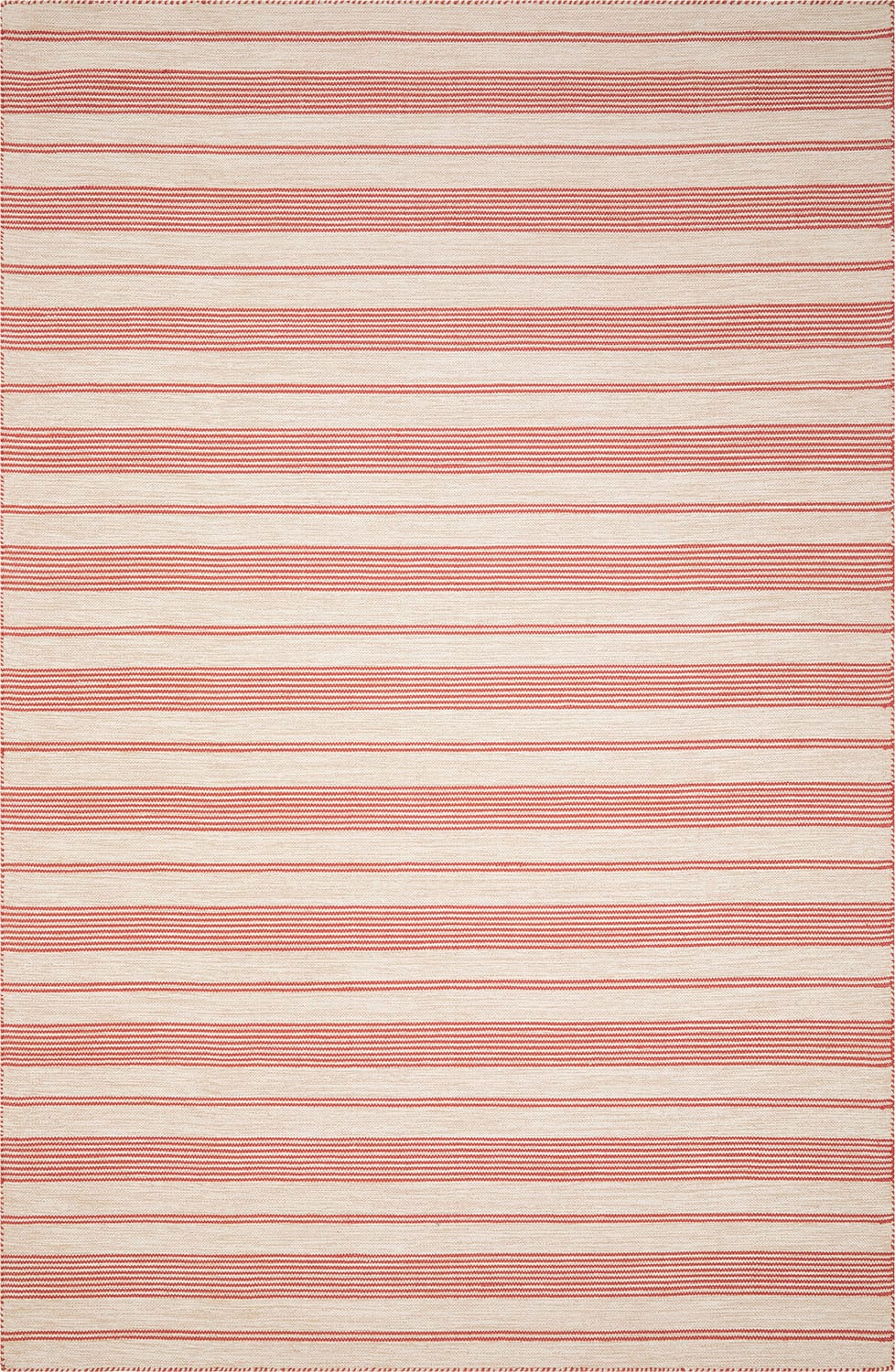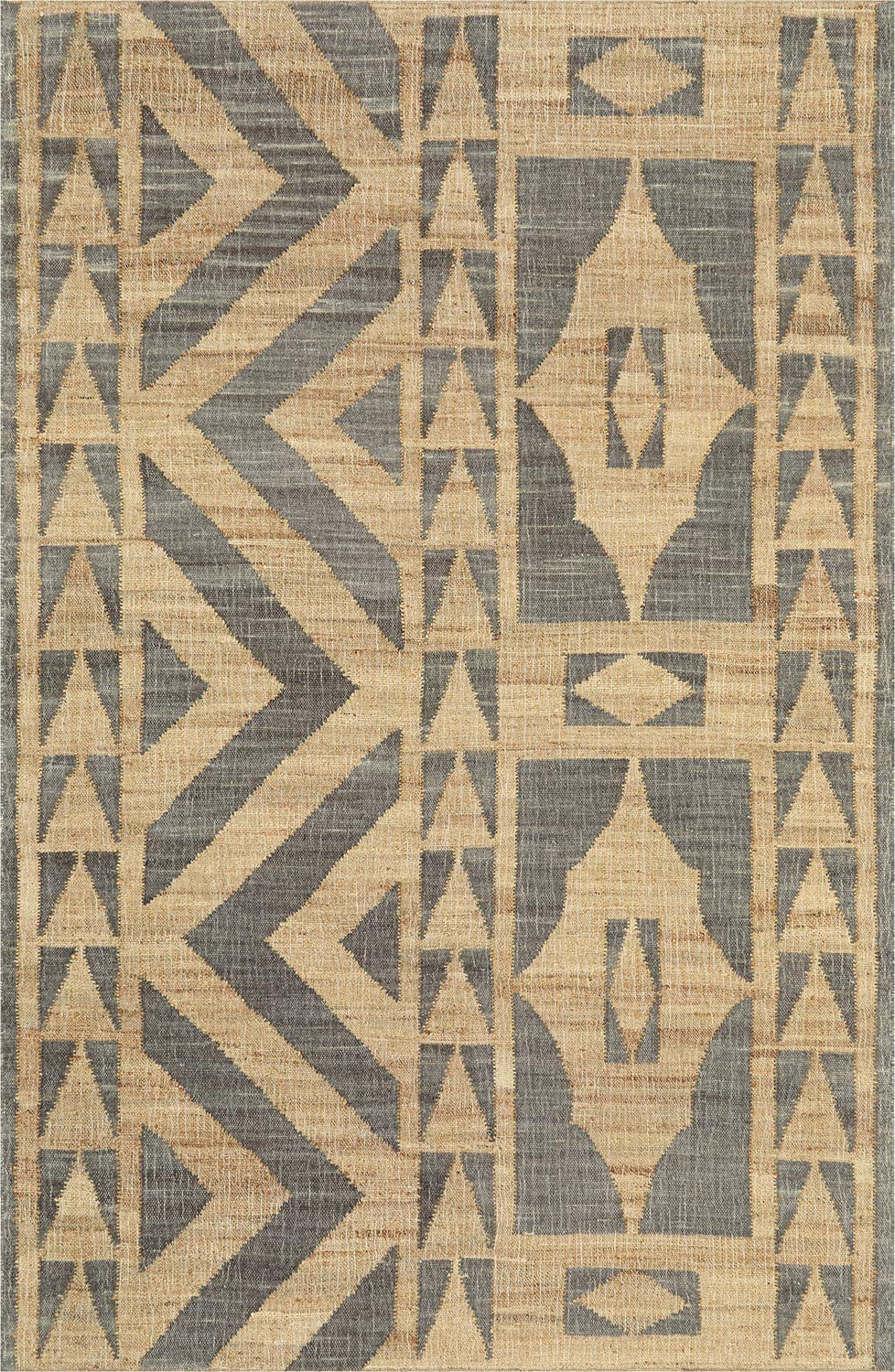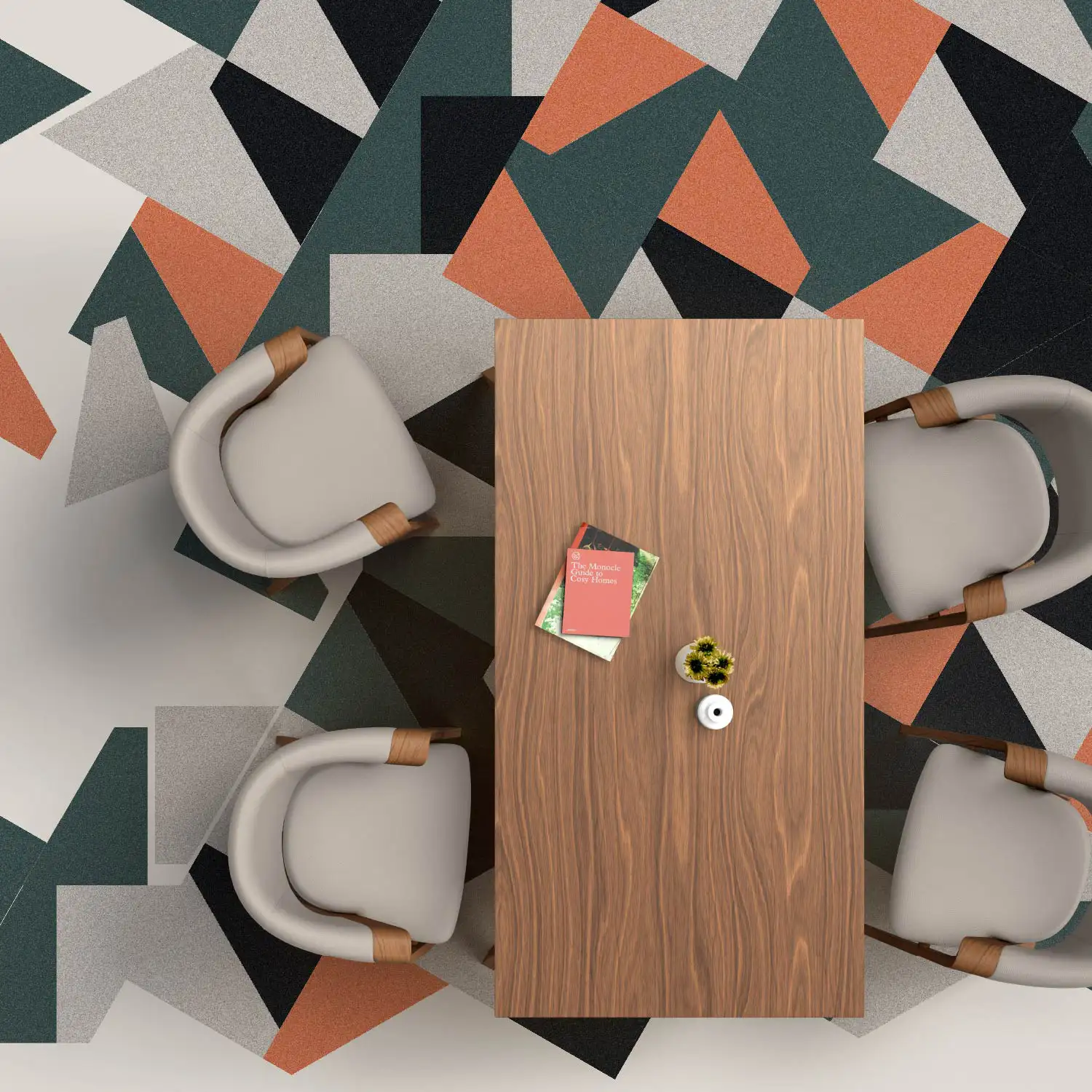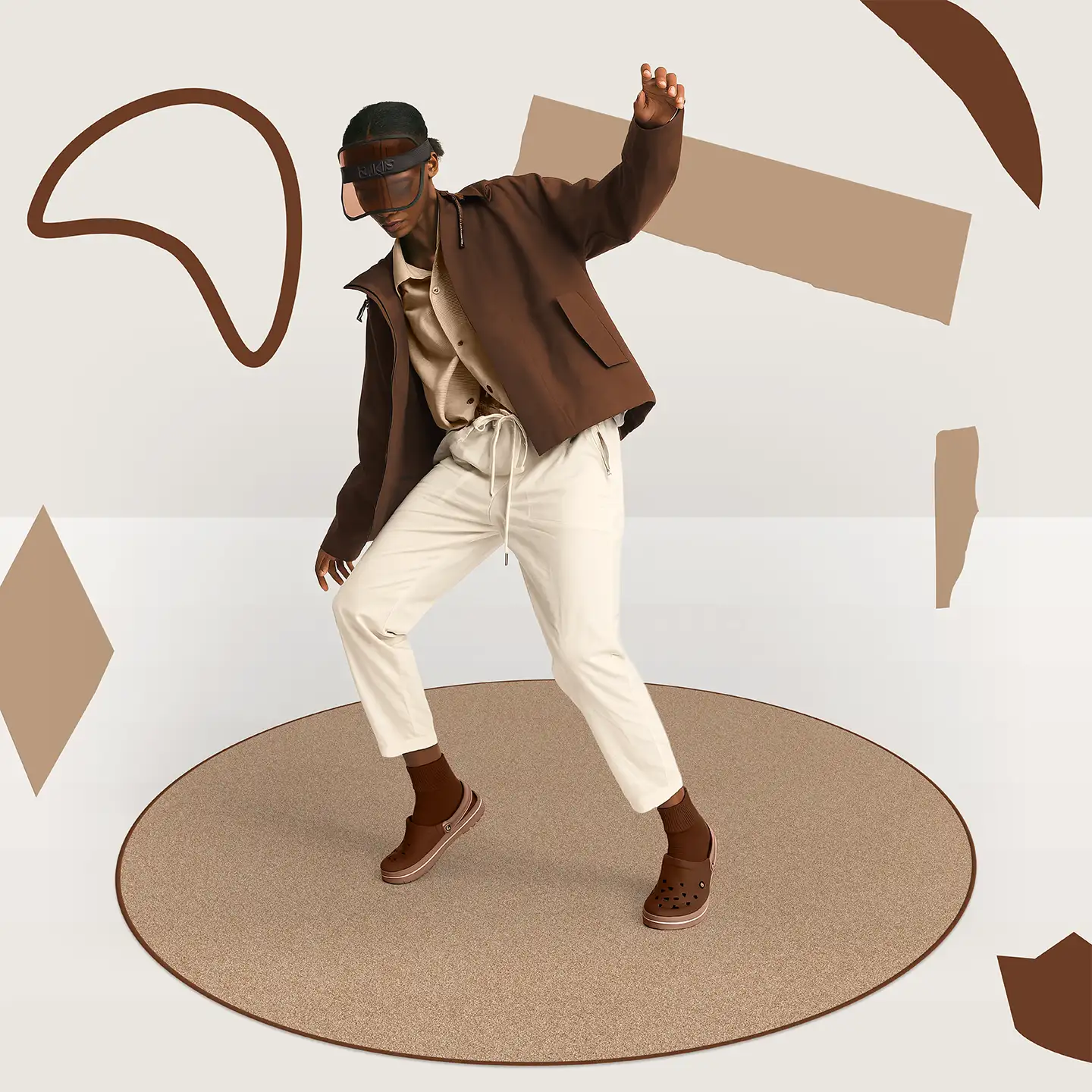Customer Care
The Art of Sizing a Rug
Living Rooms
A rug in the living room doesn’t just live beneath your furniture, it unifies your space and invites comfort.
Option 1: All Furniture on the Rug
For a cohesive and generous feel, place all key pieces - sofa, chairs, coffee table - entirely on the rug. Allow for at least 15-45 cm between the rug edge and walls or skirting to create breathing space.

Option 2: Front Legs Only
If your space is compact or your sofa sits flush against a wall, let only the front legs of your furniture rest on the rug. This subtly defines the zone without overwhelming it, especially in open-plan living areas.

Tip: Visualise the rug first using painter’s tape to outline different size options on your floor.
Bedrooms
Nothing softens a morning like the feel of a rug underfoot.In the bedroom, your bed takes centre stage—your rug should complement it accordingly.
Option 1: Under the Entire Bed
Run your rug beneath the bed and nightstands, extending 45-60 cm beyond all sides. This creates symmetry and offers plush comfort when stepping out of bed.

Option 2: From the Nightstands Down
Leave the nightstands on the floor and begin the rug just below them, allowing it to stretch past the foot of the bed. This option uses less material but still delivers visual balance and softness.

Tip: Ensure at least 15 cm clearance from the rug to your walls, and keep pathways (like to an en-suite) clear.
Dining Room
In dining rooms, a rug anchors the table and defines the zone - but function is key.
To avoid chairs catching edges, ensure your rug extends at least 90-120 cm beyond the table on all sides. This gives space for guests to pull chairs in and out with ease.

Tip: Always measure your table with chairs pulled out before finalising the rug size.If you have an extendable table, allow extra room or opt fora modular solution like a Fliptile setup that you can expand later.
Hallways & Corridors
Narrow but busy, hallways benefit from long runners thatsoften footfall and create a visual path.
- Leave 15-20 cm between rug edges and walls.
- Avoid placing furniture legs on hallway rugs to keep the space open and safe.
- Consider low-pile textures for ease of maintenance and reduced tripping risk.

Outdoor Living
Outdoor rugs bring softness and style to patios, balconies, and courtyards. Think of them as natural extensions of your indoor design.
- For Lounge Areas: Include all furniture legs on the rug if space allows. If not, front legs only is a good alternative.
- For Dining Outdoors: As indoors, ensure your rug extends 75-90 cm past the table to accommodate chair movement.
- Material Matters: Choose a UV-stable, weather proof fibre like Miracle Fibre for longevity and easy care.

More to Consider
Custom Fit, Tailored to You
Whether you’re choosing a handwoven piece from Voke or building your own with YUDU, rug size is more than a number - it’s the foundation of your space’s personality.
Whether you’re choosing a handwoven piece from Voke or building your own with YUDU, rug size is more than a number - it’s the foundation of your space’s personality.
- Doors: Check for clearance, especially with thicker pile rugs. If necessary, opt for a lower pile height.
- Pathways: Don’t place rug edges in high-traffic thresholds. Keep walkways safe and intuitive.
- Visual Flow: Allow at least 15 cm of space between rug edges and walls to avoid crowding the room.
Still Unsure?
Our design team is happy to help guide you through shape, style, and placement based on your room. Explore, experiment, and express - your space, your story, your rug.
Our design team is happy to help guide you through shape, style, and placement based on your room. Explore, experiment, and express - your space, your story, your rug.
